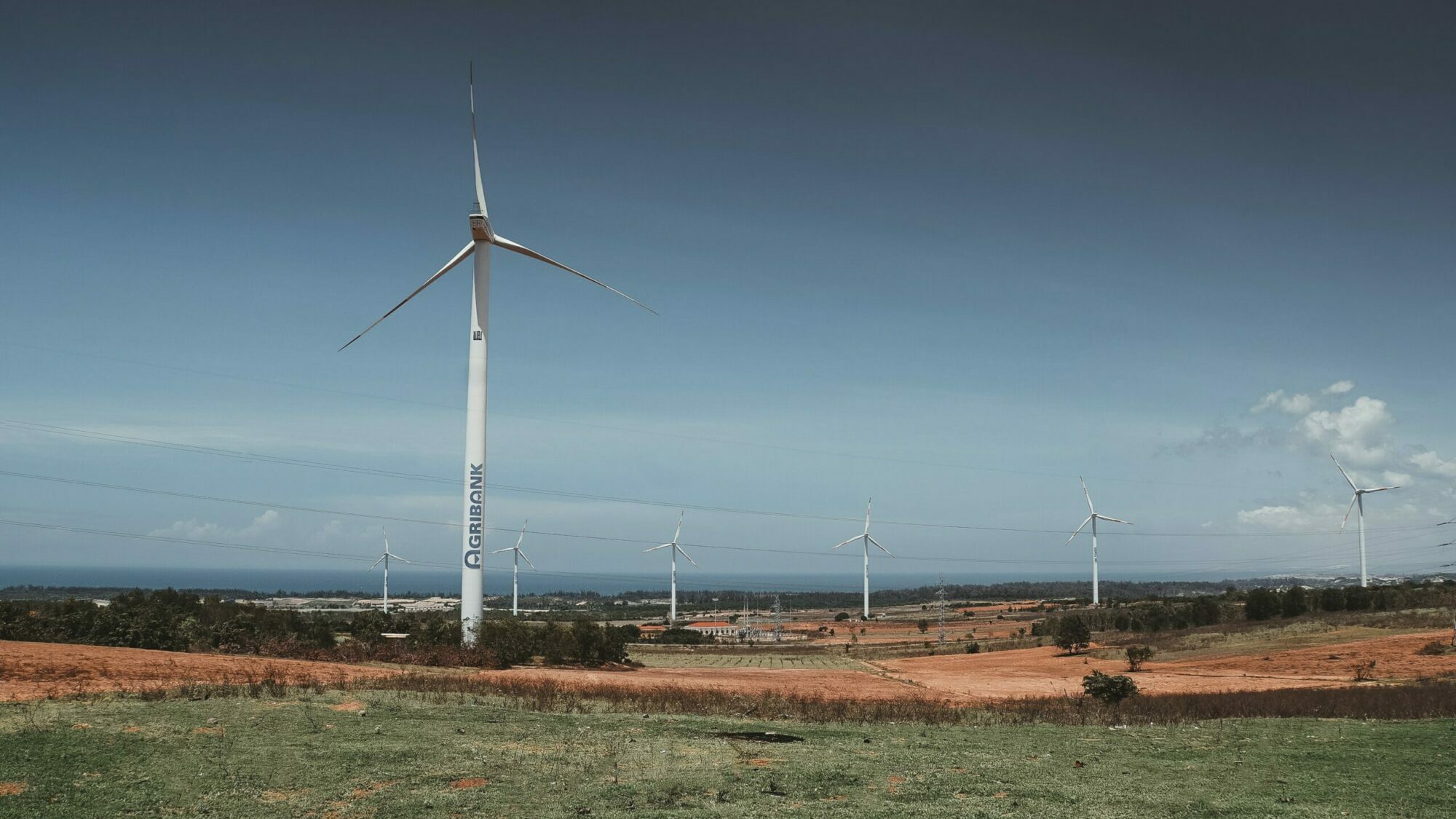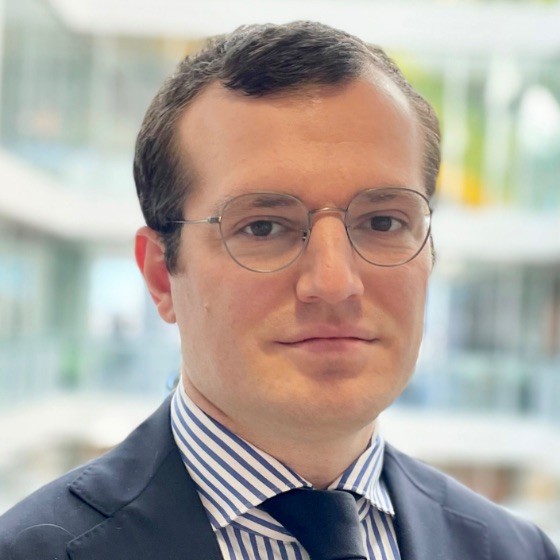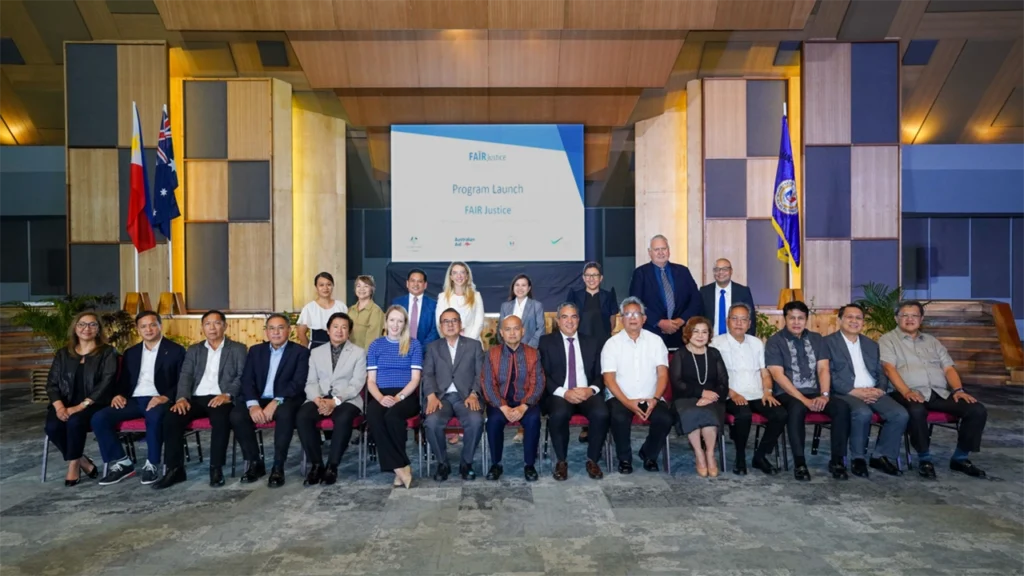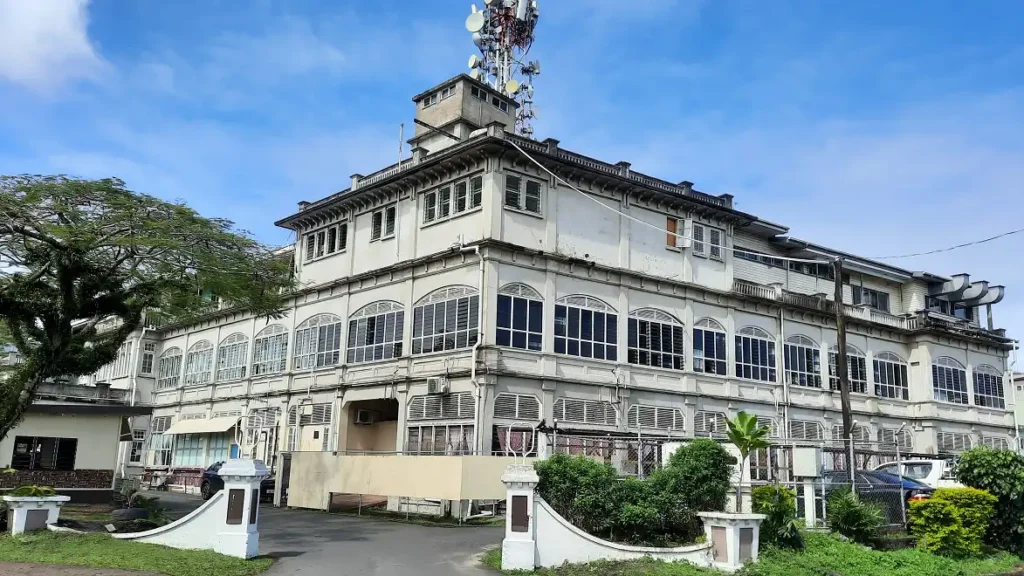

Improving aid efficiency in Southeast Asia requires better transparency and coordination of development efforts. The Lowy Institute has just launched an interactive map providing just that.
The Lowy Institute recently launched an interactive database that tracks and maps aid and development finance flows to Southeast Asia, covering 11 Southeast Asian nations: Brunei, Cambodia, Indonesia, Laos, Malaysia, Myanmar, Philippines, Singapore, Thailand, Timor-Leste, and Vietnam.
Covering the period from 2015 to 2021, the report incorporates data from over 100,000 projects worth $200 billion, carried out by 97 different development partners. Its main objective is to promote transparency and enhance development effectiveness.
‘Understanding the scale and contours of this finance is critical to governments in the region and their development partners. But publicly available information is sparse, often lacks detail, and is difficult to access.’ Lowy Institute
I had the privilege of representing Tetra Tech at the recent launch of the Lowy Institute Southeast Asia Aid Map, an event that brought together the following panel, and industry representatives from both the private and public sectors.
- Dr Jenny Gordon, Nonresident Fellow at the Lowy Institute and former Chief Economist at the Australian Department of Foreign Affairs and Trade, member of the Australian International Agricultural Research Centre’s Monitoring, Evaluation and Learning Advisory Panel, and the Asian Development Bank Institute’s Advisory Committee
- Dr Hilman Palaon, Research Fellow at the Lowy Institute in the Indo-Pacific Development Centre
- Alexandre Dayant, economist and Deputy Director of the Indo-Pacific Development Centre, author of the Pacific Aid Map
- Roland Rajah, Director of the Indo-Pacific Development Centre and Lead Economist at the Lowy Institute
Key findings shared during the launch event
- China has emerged as the primary source of official development finance (ODF) for Southeast Asia from 2015 to 2021. It is the top bilateral lender in countries such as Cambodia, Indonesia, Laos, Malaysia, and Thailand. However, its annual financial disbursements have declined, and during the pandemic, major multilateral institutions like the Asian Development Bank and the World Bank surpassed China in terms of financing.
- China’s dominance is particularly significant in the strategic infrastructure sector, where it faces strong competition from other bilateral lenders like Japan and South Korea, as well as European Union countries. These countries have invested billions of dollars annually in regional infrastructure projects.
- Southeast Asia receives approximately $28 billion per year in ODF, which accounts for about ten percent of the region’s total government expenditure on public infrastructure, education, health, and social assistance.
- Climate development finance in the region reached nearly $11.6 billion in 2021. However, there is a need for more concerted efforts to facilitate Southeast Asia’s transition towards resilient, low-carbon development.
- Australia ranks among the region’s most generous aid donors in terms of grants. However, it falls behind in other development finance instruments like concessional loans, which are widely utilised by other partners.
- Non-traditional development finance has experienced growth, with India and the Middle East emerging as notable sources.
- Intraregional cooperation is growing, but it still represents a small portion of official development finance in Southeast Asia.
The Lowy Institute Southeast Asia Aid Map represents an exciting improvement for aid efficiency in the region. By providing data, and interactive features, and promoting transparency, it empowers coordination among development partners.
View The Southeast Asia Aid Map.
Read about International Development Services at Tetra Tech.
Article feature image by @nasa via Unsplash.



